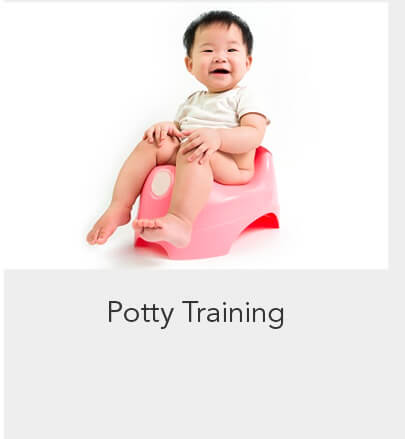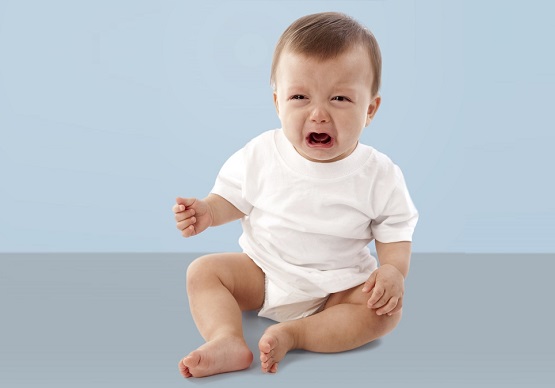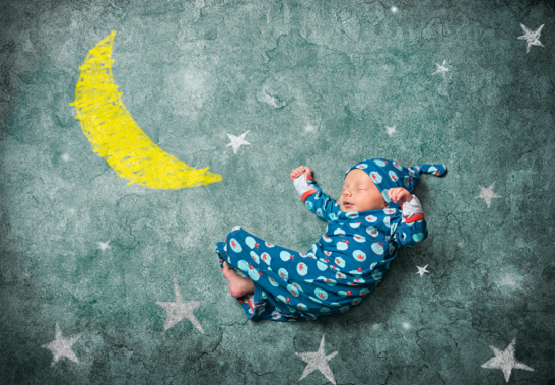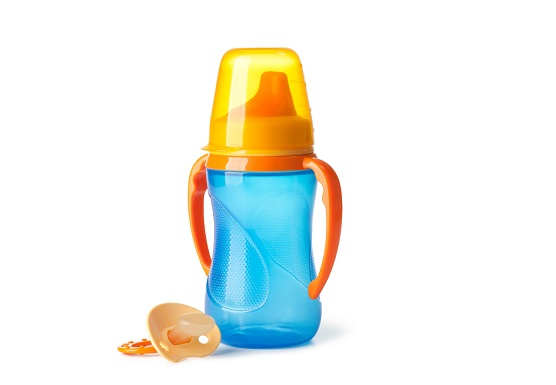Potty Training

WHEN SHOULD I TOILET TRAIN MY CHILD?
This is a question that continually crops up in play groups and paediatricians’ clinics. The answer is – there is no right answer. Since success depends on a number of factors, the answer varies from child to child. The American Academy of Pediatrics (1999) states that readiness for toilet training generally occurs between ages 18 to 30 months. However, some children are not ready until 3 years of age. Whatever you do, do not compare your child’s progress with that of your friends’ children.
If you answered mostly yes, your child might be ready. If you answered mostly no, the time is probably not right, for now. Do not stress your child with potty training if they are facing other major changes such as attending a new daycare centre, adjusting to a new helper or expecting the arrival of a sibling.
LET THE TRAINING BEGIN
Here are some simple steps that should minimise the stress and the mess of toilet training your child. Of course, accidents will happen, so keep your cool when they do. Always be prepared, and carry a change of underwear when you go out.
Present the potty
Place a potty chair in the bathroom or, to begin with, wherever your child is spending most of their time. Encourage your little one to sit on the potty fully clothed, with their feet on the floor or on a stool. They should feel relaxed, not stressed.
Demo the potty
Explain the purpose of the potty in simple, positive terms. You could dump the contents of a dirty diaper into the bowl to demonstrate its purpose. Let your child flush the toilet and witness the magic of modern sanitation.
Bear in mind that some children experience a form of separation anxiety when they see their poo disappear. They see it as losing part of themselves, literally. One way to overcome this anxiety is to wave bye-bye to the poo before flushing, silly as it may sound.
Schedule regular potty breaks
Ask your child to sit on the potty without a diaper for a few minutes every two hours, as well as first thing in the morning and immediately on waking after naps. Keep them company – read a book, sing a song or play with a toy. Allow them to get up if they want. Even if there is no ‘deposit’, praise your child for sitting patiently on the potty.
With boys, tackle ‘number twos’ before ‘number ones’.
It is often a good idea for boys to pee sitting down until they have mastered pooing. Once the bowel is under control, you can move on to the bladder and start ‘target practice’ standing up.
Read the signs
Be on the lookout for signs that your child might need to pee or poo. These include squirming, squatting, leg-crossing and grabbing the crotch. Time is of the essence – head for a potty or a child’s toilet as soon as you can. Dress your child in easy-toremove clothing to minimise accidents. Praise them for timely visits, and refrain from scolding them if they do not make it in time. There is always a next time.
Wipe and wash
Teach your child how to wipe their bottom correctly. It is especially important for girls to wipe from front to back, to avoid transferring germs from the rectum to the vagina, which can cause nasty urinary tract and bladder infections. Show them how to remove a few pieces of toilet paper (not one, nor the whole roll) and form a wad. Make sure your child washes and dries their hands after going to the toilet, and always lead by example.
Bye, bye diapers
After a couple of weeks of successful potty breaks and remaining dry during the day, you can consider swapping the diapers for training pants or underwear. Celebrate the milestone and vocally share the news with other family members. Make your child feel ‘potty-proud’.
Conversely, if your child is not ready, never mind. Revert to diapers without shaming your child. Consider the first foray into ‘big boy/big girl pants’ a dress rehearsal for when the big day comes, not a non-event or a failure on anyone’s part.
NIGHT TIME TRAINING
Toilet training at night time and through nap times is typically more challenging than daytime toilet training. Many children do not manage to stay dry through the night until they are 5 to 7 years old. Until then, use disposable or reusable cloth training pants and mattress protectors when your child sleeps.
To help your child stay dry overnight, build a trip to the toilet into your child’s bedtime routine. Praise your child for remaining dry, but never scold them for waking up wet. Patience is key.
EXPLANATIONS FOR CONSTIPATION
Avoid your child becoming constipated at all costs. Constipation causes hard stools that can be painful to pass, leading your child to associate going to the toilet with pain and consciously avoid it. This worsens the problem and possibly undoes the progress of weeks or even months of toilet training.
In the event that your child does become constipated, one likely reason could be diet. Make sure that they are taking ample fluids and fibre. Never deny your child drinks out of fear of them needing to go to the toilet or having an accident. Regular hydration is a healthy habit that will stand them in good stead their whole life.
Another possible reason is that your child is resisting the urge to go. It could be that they have better things to do, like playing with their friends or watching a favourite programme on television or tablet. The third common cause of constipation is emotional anxiety. This could be associated with a host of issues ranging from feelings of inadequacy after dirtying their pants, bullying at school or the arrival of a sibling. Communication is key. Talk with your child and try and find out if anything is troubling them.
IF ALL ELSE FAILS
If your child is constipated or not mastering toilet training beyond the age of 4 or 5, you should raise your concerns with your paediatrician and rule out any possible medical reasons.
Above all, fret not. Every child follows their own timetable, and there is every chance that your child will ‘go potty’ before you, well, go potty.
Is Your Child Potty-Ready?
Here is a checklist to help determine whether or not your child is ready for the potty
- Can your child walk to and sit on a toilet bowl?
- Can your child pull his/her pants up and down?
- Can your child stay dry for up to two hours?
- Can your child understand and follow basic directions?
- Can your child tell you when they need to go?
- Does your child express dislike or discomfort when wearing a dirty diaper?
- Does your child show interest in using the toilet?
Sources:
https://www.mayoclinic.org
https://www.psychologytoday.com
https://www.whattoexpect.com
https://www.healthhub.sg
This article is taken from our My Alvernia Magazine Issue #39. Click here to read the issue on our website or on Magzter.



